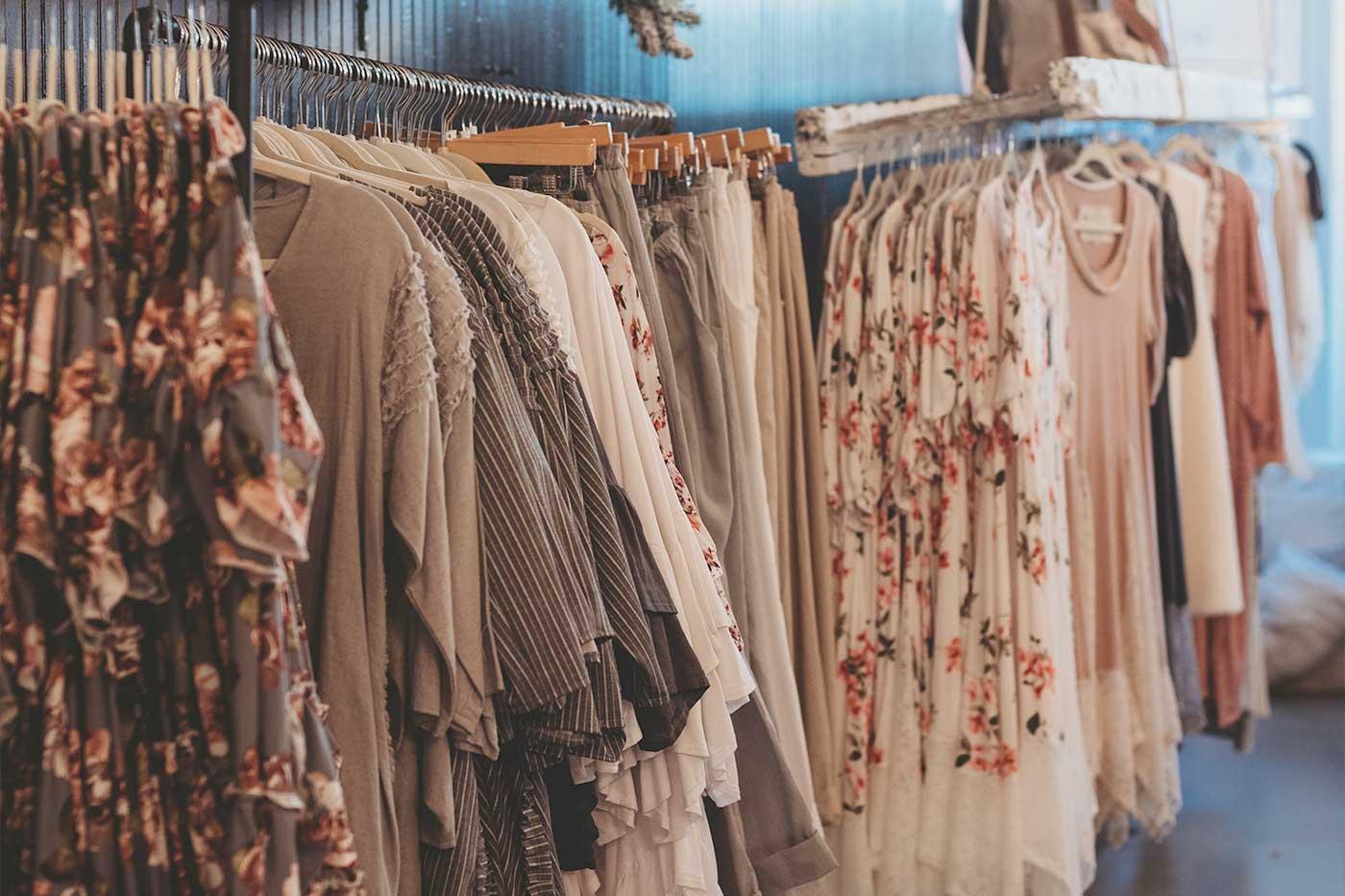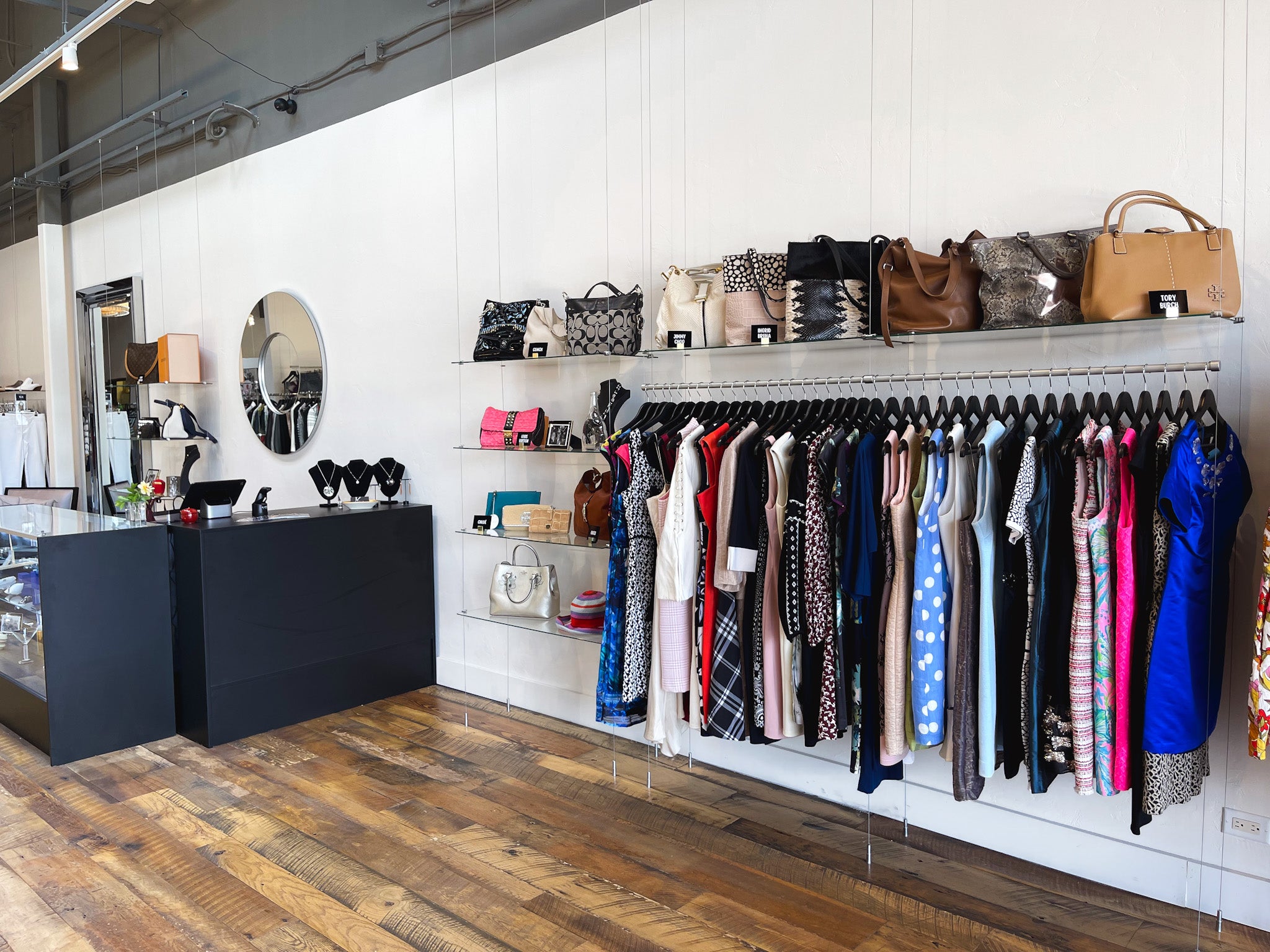A Deep Study the World of High-Fashion Runways: Understanding Clothes as Art
Designers, much like skillful artists, weave intricate stories with fabric, shade, and type, challenging traditional standards and redefining appeal requirements. As we discover these sartorial spectacles, we must contemplate: what function does style play in shaping societal worths, and how does it mirror the ever-changing tapestry of human emotion and identification?
The Evolution of Runway Shows
The trajectory of runway programs has changed considerably over the years, evolving from special industry occasions to captivating spectacles that mix fashion with art. Generally, path shows made love events, held in ateliers or little places, primarily gone to by customers and industry insiders. These very early discussions focused on the garments' craftsmanship and business viability, providing a straight and practical display screen of seasonal collections.
As the garment industry expanded, the nature of runway shows started to alter. The 1970s and 1980s noted a transforming factor, with designers looking for to distinguish themselves via even more theatrical discussions. This age saw the rise of fancy collections, choreographed models, and thematic narratives, advertising a brand-new age where the path became an experiential platform. The shows transformed into a form of storytelling, where each collection communicated an unique story or principle.
In the last few years, innovation and social networks have actually additionally reinvented path programs, making them easily accessible to a worldwide audience. Livestreaming and digital platforms have actually equalized fashion, allowing enthusiasts worldwide to witness these events in real-time (boutique fashion). This advancement mirrors a wider cultural shift, where high-fashion paths offer as a dynamic intersection of innovation, efficiency, and style
Designers as Dreamer Artists
Exactly how have designers transcended their duties to end up being visionary artists? Developers in the high-fashion industry have actually blurred the lines in between practical garment creation and the theoretical world of art. This improvement appears in the method they approach their collections, not merely as apparel however as extensive expressions of feeling, culture, and identification. By accepting artistic techniques such as sculpture, painting, and progressive installations, developers craft garments that test standard fashion norms and boost them to art forms.
Visionary designers attract ideas from a myriad of sources, including abstract art, historic referrals, and personal narratives. They possess an one-of-a-kind ability to picture and emerge ideas that push the borders of conventional fashion, usually redefining aesthetic paradigms in the process. This imaginative resourcefulness is showcased through remarkable shapes, ingenious products, and complex workmanship, which invite customers to experience fashion as even more than just wearable items.
In addition, the path works as a canvas for these artists, where lights, songs, and established layout coalesce to produce immersive experiences. These discussions are not merely display screens of garments but are managed efficiencies that stimulate emotion and prompt thought, affirming the developer's duty as a real artist in the contemporary cultural landscape.
Cultural Impacts in Style
Social tapestry weaves its detailed patterns into the fabric of fashion, affecting designers globally. The vibrant interchange of cultural tales, practices, and icons educates and influences collections that grace high-fashion runways. Designers meticulously draw from their heritage or involve with cultures distinctive from their very own, crafting garments that work as aesthetic stories. This cultural discussion not just enriches the aesthetic variety yet likewise fosters weblink a much deeper understanding and recognition of global identities.
The influence of culture on style is commonly seen in the reinterpretation of traditional garments and patterns. As an example, the usage of Japanese robes, Indian saris, or African Look At This prints in modern fashion mirrors a blend of social authenticity and contemporary aesthetic appeals. Designers such as Valentino's Pierpaolo Piccioli and Alexander McQueen's Sarah Burton have actually been understood to include abundant cultural concepts into their couture collections, equating history right into wearable art.

Development in Material and Layout
Innovation in textile and design regularly reshapes the landscape of high-fashion, pressing boundaries and redefining opportunities. In the last few years, technological developments have actually considerably added to this development, presenting materials that challenge conventional perceptions. Textiles embedded with clever fibers, efficient in changing color or regulating temperature level, are no much longer confined to the world of scientific research fiction. Developers are increasingly discovering the assimilation of technology, such as 3D printing, which permits the production of complex frameworks that were previously unthinkable.
Moreover, sustainability has come to be a critical style in fabric development. The fashion business is seeing a rise in using environmentally friendly materials, acquired from recycled plastics, organic fibers, and even eco-friendly components. These developments not only use brand-new structures and looks yet likewise address essential environmental worries. Designers are welcoming these materials to craft garments that are both mindful and visually striking of their environmental impact.
In terms of design, avant-garde shapes and speculative forms click to read more are continuously revolutionizing the runway. By integrating cutting-edge methods and unconventional materials, developers grow garments that blur the line in between style and art, setting new standards for creativity and expression in the high-fashion sphere.
Effect of Fashion on Society
Fashion wields a profound impact on society, functioning as both a reflection of cultural identification and a catalyst for social adjustment. Via its evolution, style has actually mirrored social shifts, enveloping the zeitgeist of various periods. The flapper gowns of the 1920s embodied a newfound feeling of women's liberation, while the strong prints of the 1960s resembled the innovative spirit of the time. High-fashion paths, particularly, act as systems for challenging norms and redefining elegance standards. Developers use these venues to resolve pressing social concerns, from sustainability to variety, thus forming public discourse.
In addition, style has the power to bridge cultural voids, fostering understanding and gratitude among diverse teams. As globalisation increases, the cross-cultural exchange of fashion concepts ends up being progressively significant, promoting inclusivity and variety. The increase of streetwear, originating from urban subcultures, highlights how style can go beyond socio-economic boundaries, providing people a method of self-expression and empowerment.
Fundamentally, fashion is not merely regarding appearances; it is a dynamic force that affects values, mindsets, and societal progression (boutique fashion). By continually engaging with cultural and social currents, fashion continues to be an indispensable part of the cumulative human experience

Final Thought
Designers, similar to visionary musicians, orchestrate collections that show identity, emotion, and social stories, challenging standard looks. This crossway of fashion and artistry not just mesmerizes audiences around the world however also influences social assumptions and promotes a deeper recognition for social variety.
-a1f7b3f.jpg)
Social tapestry weaves its elaborate patterns right into the material of style, influencing developers worldwide.Fashion possesses an extensive influence on society, serving as both a representation of cultural identity and a driver for social modification.